Nanotechnology is the engineering method in which fully functioning devices are manufactured at the molecular scale. Through this method, the devices that are manufactured will be having higher performance than the conventional ones. The items will be constructed from the bottom up with the help of high performance techniques and tools.
 Nanotech”Fly”
Nanotech”Fly”
Nanorobot - Seeking cancer cell
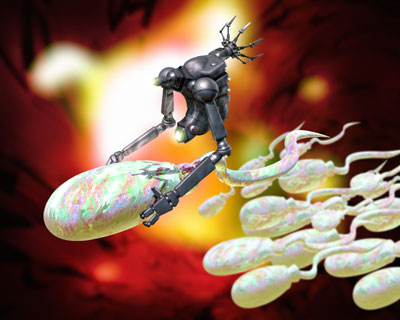 Nanorobot - Sending the sperms
Nanorobot - Sending the sperms
- 1 centimetre – 1,00th of a metre
- 1 millimetre – 1,000th of a metre
- 1 micrometer – 1,000,000th of a metre
- 1 nanometre – 1,000,000,000th of a metre
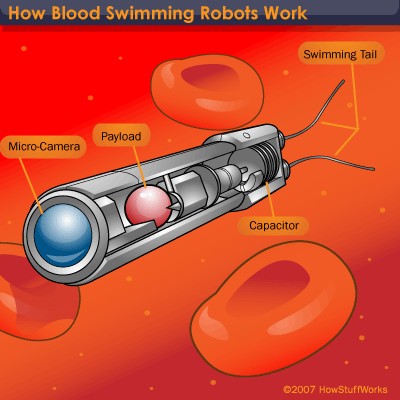 The robot in this illustration swims through the arteries and veins using a pair of tail appendages.
The robot in this illustration swims through the arteries and veins using a pair of tail appendages.
This clearly shows how small a nano is. It is even smaller than the wavelength of visible light and a hundred-thousandth the width of a human hair. But it is still small when compared to the atomic scale. Atomic diameter – 0.1 nanometre – 1,000,000,000,0th of a metre. The usual scale of some common man made materials are compared with nano devices. Take a look in the figure given below.
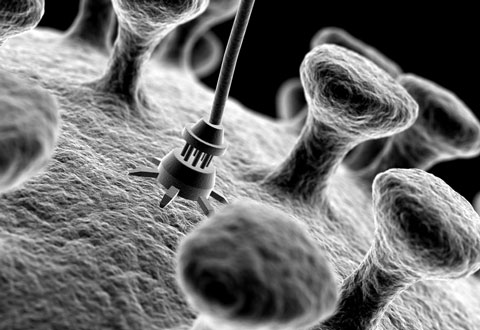 Nanotools technology
Nanotools technology
- Research and development at molecular or atomic levels, with lengths ranging between about 1 to 100 nanometers.
- Creation and use of systems, devices, and structures that have special functions or properties because of their small size.
- Ability to control or manipulate matter on a molecular or atomic scale.
The first talk on nanotechnology was given in the year 1959 by a physicist named Richard Feynman. He talked about a process in which the individual atoms and molecules.
 Nanotechnology used to Kill Cancer Cells.
Nanotechnology used to Kill Cancer Cells.
Feynman described a process by in which, by using a set of precise tools you could develop individual atoms and molecules. Another set of tools would also be needed to operate another proportionally smaller set, and so on down to the needed scale. Later this method was clearly defined by a science professor at the Tokyo University of Science called Norio Taniguchi. The technology became really famous during the 1980’s and was promoted to big depths by Dr. K. Eric Drexler through his books like “Engines of Creation: The Coming Era of Nanotechnology” and “Nanosystems: Molecular Machinery, Manufacturing, and Computation.”
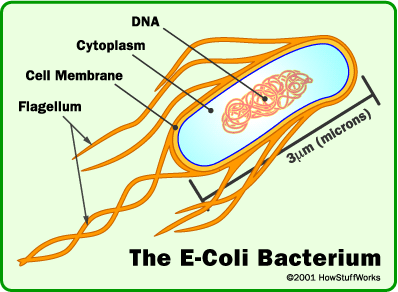 Nanorobot designers sometimes look at microscopic organisms for propulsion inspiration, like the flagellum on this e-coli cell.
Nanorobot designers sometimes look at microscopic organisms for propulsion inspiration, like the flagellum on this e-coli cell.
The main step in the development of nanotechnology was the invention of cluster science and scanning tunneling microscope (STM) in the 1980’s. Through them carbon nanotubes and fullerenes were developed in 1985. Then came developments in synthesis and properties of semiconductor nanocrystals. The greatest invention which led to the foundation of the United States National Nanotechnology was the Atomic Force Microscope (AFM or SFM).
 Medical Nanorobot
Medical Nanorobot
As of August 21, 2008, the Project on Emerging Nanotechnologies estimates that over 800 manufacturer-identified nanotech products are publicly available, with new ones hitting the market at a pace of 3–4 per week. The project lists all of the products in a publicly accessible online.
Most applications are limited to the use of “first generation” passive nanomaterials which includes titanium dioxide in sunscreen, cosmetics and some food products. Carbon allotropes used to produce gecko tape. Silver in food packaging, clothing, disinfectants and household appliances. Zinc oxide in sunscreens and cosmetics, surface coatings, paints and outdoor furniture varnishes; and cerium oxide as a fuel catalyst.
In the field of optical technology, nanotechnology research is used to develop lenses and glasses that are scratch-resistant and tough.
There are possible dangers that arise with the development of nanotechnology. The Center for Responsible Nanotechnology suggests that new developments could result, among other things, in untraceable weapons of mass destruction, networked cameras for use by the government, and weapons developments fast enough to destabilize arms races.
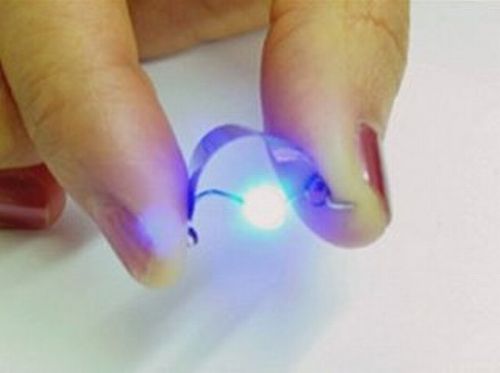 Super thin battery
Super thin battery
One area of concern is the effect that industrial-scale manufacturing and use of nanomaterials would have on human health and the environment, as suggested by nanotoxicology research. Groups such as the Center for Responsible Nanotechnology have advocated that nanotechnology should be specially regulated by governments for these reasons. Others counter that overregulation would stifle scientific research and the development of innovations which could greatly benefit mankind.
You might also like
| Biomimetics (Biomimicry) Biomimetics (also known as biomimicry,... | Nano Coatings The nano coatings, "liquid solids"... | Biomaterials Multiple roles for biomaterials in stem cell... | Superconductors A superconductor is an element or... |
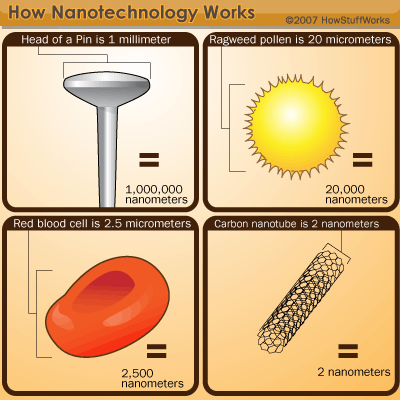
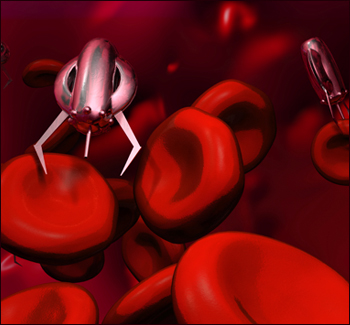
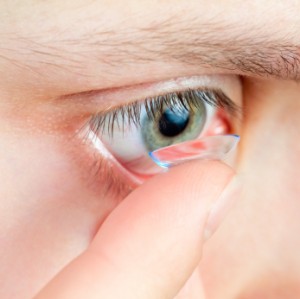
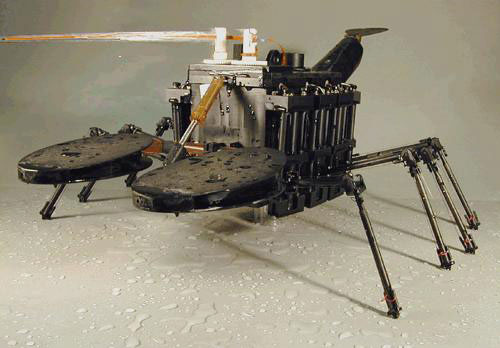


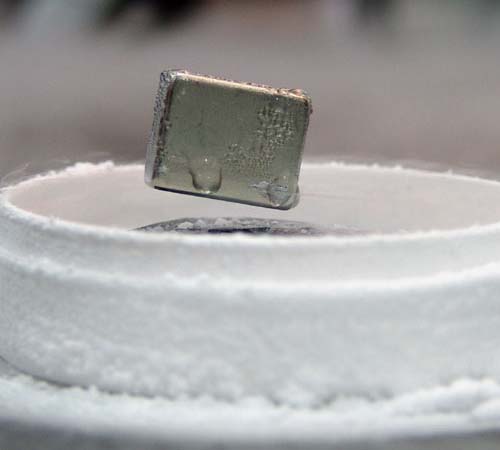
 Alloy Suppliers
Alloy Suppliers
 Aluminum
Aluminum
 Aluminum Extrusions
Aluminum Extrusions
 Copper-Brass-Bronze
Copper-Brass-Bronze
 Nickel
Nickel
 Magnets
Magnets
 Stainless Steel
Stainless Steel
 Stainless Steel Tubing
Stainless Steel Tubing
 Steel Service Centers
Steel Service Centers
 Titanium
Titanium
 Tungsten
Tungsten
 Wire Rope
Wire Rope